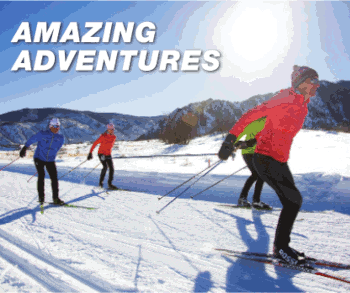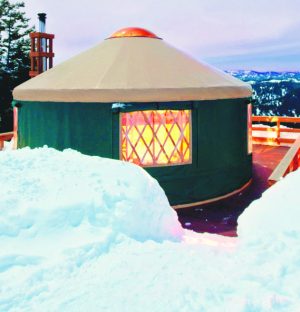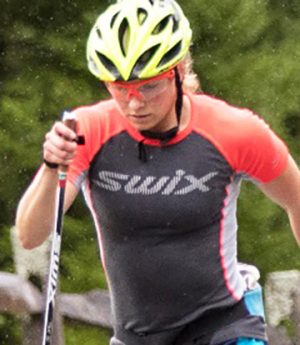October 24, 2008 – October is always an exciting time for skiers. Six solid months of training are behind us and ski season is rapidly approaching…we are anxious to pack up the roller-skis and start testing the new boards. This transition period is also a time to be cautious and make smart training decisions, as the race season is right around the corner. Late fall training may vary from year to year, depending on the snow conditions, but we should have a general plan for completing our pre-season training period. Patience is key and it is important to keep your long-term training plan in mind when the snow begins to fall.
In general, October is the time to get in quality intensity sessions on roller-skis and on foot. This is our last phase of the dryland season, and these intensity workouts are crucial in maximizing our aerobic capacity for the race season. It is not always optimal to switch to on-snow training during this period; as with any transition, our body will need time to adjust, regardless of our fitness level. Therefore, it is most beneficial to complete the intensity phase by doing the activities we are accustom to doing, i.e. roller skiing and running. Early snow can be advantageous, but it must be incorporated appropriately into the current training phase.
If skiing is available during these last few weeks of intensity work, it is beneficial to be on snow for low-intensity workouts—maybe afternoon recovery sessions or long, slow over-distance workouts. By doing this, we can gradually adjust to being back on snow while also maintaining the high-intensity dryland workouts. Early November is a good time to spend more time on snow, gradually increasing the on-snow training to prepare for the late-November races. During this phase, we don’t need to be as concerned with intensity but can focus on getting adjusted to being back on skis. Obviously, it is always beneficial (and energizing) to be skiing, but be cautious about how you go about these first few weeks on snow.
These first couple ski workouts of the year are well earned and we are usually anxious to jump into full ski-mode. However, it is important to keep the first ski workouts under control and carefully monitor the intensity. Regardless of how fast you have been running or how strong you are on roller-skis, transitioning to snow is physically taxing. It is much better to play it safe and ski conservatively than to get overly ambitious and ski to too hard. It is beneficial to simply be moving on skis during this transition time, re-training our bodies to be on snow. The ski season is often 5-6 months long and there is plenty of time to increase volume and intensity. Don’t be afraid to take it easy and relax during this initial period of on-snow training. Remember that the post-workout recovery period might be longer than after your running and roller-skiing workouts. Give your body time to fully adjust to these workouts and make sure to take enough time in between to completely recovery.
Again, the goal is to get out and move on snow, letting the body adjust and allowing yourself time to mentally and physically adapt to a new phase of training. This is a good time to work out the kinks before the race season. Easy distance skis are a perfect opportunity to implement technique changes from the dryland season—take the time to ski with other people for feedback and ideas. Even if conditions aren’t optimal, you can benefit from actively thinking about technique and trying out new ideas. Just remember that these first few ski days are only the beginning of a long season, and keeping your sessions light and easy is a safe way to begin transitioning to being back on the trails. If you are lucky enough to find early snow, stick to your training plan and find a good balance between dryland and skiing. Most importantly, relax through those first ski workouts and enjoy what you’ve been working for!
Top News Stories
Transitioning to Snow
report by Kristina Trygstad - Saari / Saab-Salomon Factory TeamLeave a Reply
You must be logged in to post a comment.






![National camp action [P]...](https://skitrax.com/wp-content/uploads/2019/08/Duluth-4-2019-08-08-at-10.46.51-AM-300x246.png)
![Matt Liebsch on the CXC Elite Team [P] CXC...](https://skitrax.com/wp-content/uploads/2019/08/Matt-Liebsch-CXC.2-525x700.4-300x267.jpg)
![Dan LaBlanc [P]...](https://skitrax.com/wp-content/uploads/2019/08/Dan-LaBlanc-img_1855.3.jpg)

![Kristina Trygstad-Saari[P]Saab/Salomon Factory Team](http://skitrax.com/skitrax22/images/skitrax/4902b162c0e064901e2fec5c30KristinaSaari.JPG)